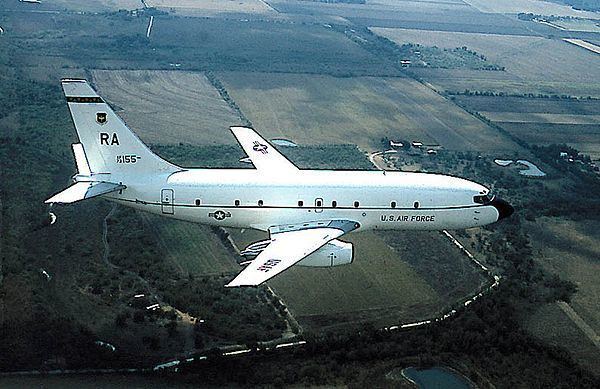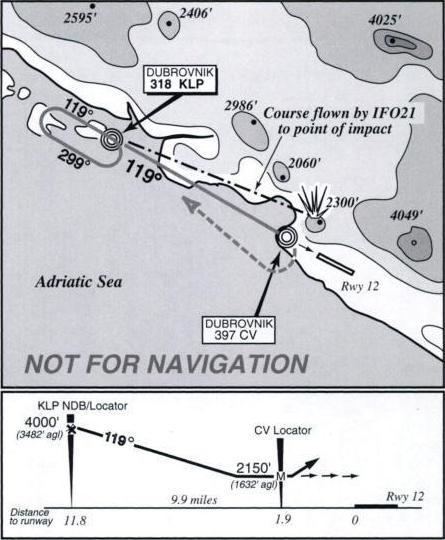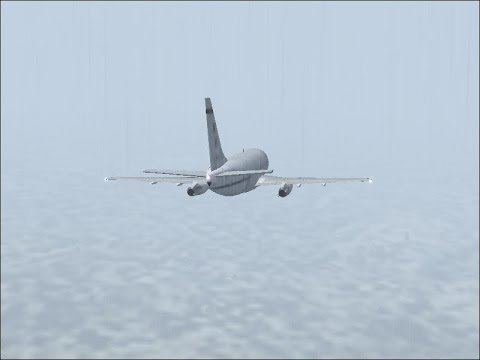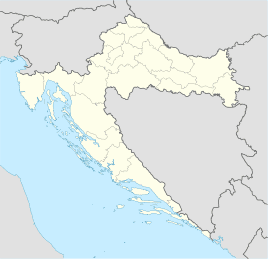Passengers 30 Registration 73-1149 Passenger count 30 | Aircraft type Boeing CT-43A Date 3 April 1996 Total fatalities 35 (all) Crew count 5 | |
 | ||
Survivors 0 (1 initially, died shortly after rescue) Similar Eastwind Airlines Flight 517, United Express Flight 5925, Crossair Flight 498, Flash Airlines Flight 604, 1975 Tan Son Nhut C‑5 accid | ||
Fs2004 fog of war 1996 croatia usaf ct 43 crash
On April 3, 1996, a United States Air Force Boeing CT-43A (Flight IFO-21) crashed on approach to Dubrovnik, Croatia, while on an official trade mission. The aircraft, a Boeing 737-200 originally built as T-43A navigational trainer and later converted into a CT-43A executive transport aircraft, was carrying United States Secretary of Commerce Ron Brown and 34 other people, including The New York Times Frankfurt bureau chief Nathaniel C. Nash. While attempting an instrument approach to Dubrovnik Airport, the airplane crashed into a mountainside. Air Force Technical Sergeant Shelly Kelly survived the initial impact, but died en route to hospital. Everyone else on board died at the scene of the crash.
Contents
- Fs2004 fog of war 1996 croatia usaf ct 43 crash
- Air crash investigation 1996 croatia usaf ct 43 crash fog of war part 1 tr
- Crash
- Legacy
- References

The aircraft was operated by the 86th Airlift Wing, based at Ramstein Air Base in Germany. Unlike civilian 737s, the military CT-43A version was equipped with neither a flight data recorder nor a cockpit voice recorder.

Air crash investigation 1996 croatia usaf ct 43 crash fog of war part 1 tr
Crash

The official US Air Force accident investigation board report noted several reasons that led the Boeing CT-43A, callsign "IFO-21" (short for Implementation Force), to crash. Chief among the findings was a "failure of command, aircrew error and an improperly designed instrument approach procedure". The inclement weather was not deemed a substantial contributing factor in the crash.

The Boeing CT-43A used for this flight was formerly a T-43A navigator training aircraft that was converted for distinguished visitor travel. The flight was on an instrument flight rules non-directional beacon (NDB) approach, which is a non-precision type of instrument approach, to Runway 12 when it strayed off course. Non-precision approaches are those that do not incorporate vertical guidance. While NDB approaches are essentially obsolete in the United States, they are still used widely in other parts of the world. Because of their infrequent use in the United States, many American pilots are not fully proficient in performing them (a NASA survey showed that 60% of American transport-rated pilots had not flown an NDB approach in the last year). The investigation board determined that the approach used was not approved for Department of Defense aircraft, and should not have been used by the aircraft crew. The board determined that the particular NDB approach used required two operating ADFs, the instrument used to fly such an approach, on board the aircraft, but this aircraft only had one ADF installed. To successfully fly the approach, one ADF was required to track the outbound course of 119° from the Kolocep NDB (KLP), while another ADF was required to observe when the aircraft had flown beyond the Cavtat NDB (CV), which marked the missed approach point. Further, the board noted that the approach was rushed, with the aircraft flying at 80 knots (150 km/h) above the proper final approach speed, and had not received the proper landing clearance from the control tower.

The crash site, on a 2,300 ft (700 m) hill, was 1.6 miles (2.6 km) northeast of where the aircraft should have been on the inbound course to the NDB. The published NDB approach brings the inbound aircraft down a valley, and has a minimum descent height of 2,150 ft (660 m) at the missed approach point (where they should have climbed and turned to the right if the runway was not in view), which is below the elevation of the hills to the north. The runway is at 510 ft (160 m) MSL. Five other aircraft had landed prior to the CT-43A and had not experienced any problems with the navigational aids. There was no emergency call from the pilots, and they did not initiate a missed approach, even though they were beyond the missed approach point when they hit the hill at 2:57 PM local time.
Legacy
The area of the crash site is identified by a large stainless steel cross on Stražišće peak. Hikers can reach the peak via the "Ronald Brown Path", which is named in commemoration of the U.S. Secretary of Commerce who died in the crash.
A memorial room has been installed in the Ronald Brown memorial house in the old city of Dubrovnik. It features portraits of the crash victims as well as a guest book.
The head of navigation at Čilipi Airport, Niko Jerkuić, was found dead three days after the accident with a bullet wound to his chest. The police investigation concluded that the case was a suicide.
The crash is featured in episode 8 of the 4th season of the air-crash investigation television show Mayday, entitled "Fog of War".
